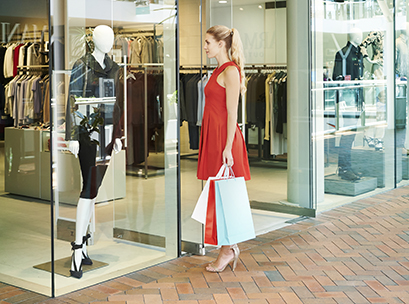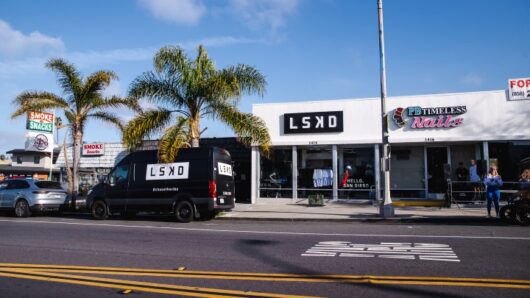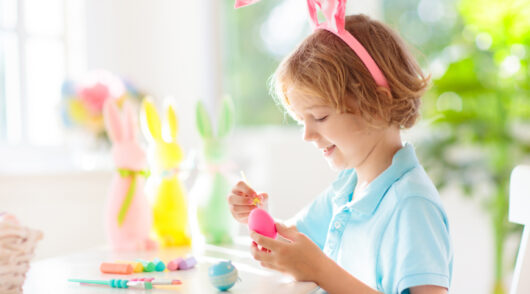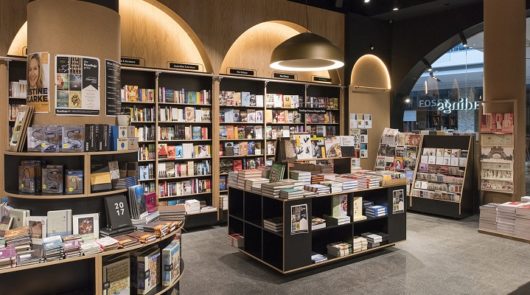 National retail spending saw 3.27 per cent growth year-on-year in November (seasonally adjusted), according to the latest Australian Bureau of Statistics (ABS) trade figures released yesterday.
National retail spending saw 3.27 per cent growth year-on-year in November (seasonally adjusted), according to the latest Australian Bureau of Statistics (ABS) trade figures released yesterday.
Monthly retail turnover saw a 0.2 per cent increase in November, led by food sales. This follows a 0.5 per cent rise in October 2016 and a 0.6 per cent increase in September 2016.
Seasonally adjusted retail spending was $25.66 billion in November, missing market expectations of a 0.4 per cent rise.
According to ABS data, there was a 0.4 per cent increase in food sales, but a 0.8 per cent decline in cafes, restaurants and takeaway sales.
The Australian Retailers Association (ARA) said the trade figures released illustrate a healthy lead up to the 2016 Christmas period.
Russell Zimmerman, ARA executive director, said this year-on-year growth is a positive sign for the industry as retailers remain hopeful that the ARA and Roy Morgan predicted pre-Christmas sales figure of $48.1 billion over the Christmas trading period (November 15 to December 24, 2016) will be achieved.
“We won’t be able to confirm the actual pre-Christmas spend until December retail figures are released next month,” Zimmerman said. “However, after speaking with retailers across the country, many reported a strong start to Christmas sales in November due to many consumers getting on top of their holiday shopping early.”
With November leading into holiday season, consumers likely spent more time out and about enjoying the good weather and social drinks as reflected in liquor sales growth of 4.85 per cent year-on-year.
“The Takeaway Services category also demonstrated robust growth, taking the lead again with a 9.91 per cent increase year-on-year reflecting consumer uptake of innovative services and products in the space,” Zimmerman said.
The clothing, footwear and accessories saw a strong year-on-year increase at 5.82 per cent.
“With the warmer weather approaching and Christmas around the corner, consumers appeared to have hit the shops to update their wardrobes with the early summer fashion trends,” Zimmerman said.
Despite the closure of a number of Masters stores across Australia, other hardware retailers, particularly Bunnings, led the charge for growth in Hardware at 10.15 per cent year-on-year.
New South Wales saw a 4.25 per cent growth year-on-year, while all other states remained steady (VIC 3.45 per cent, QLD 3.67 per cent, TAS 3.72 per cent, SA 2.82 per cent, ACT 6.44 per cent). As expected, the mining jurisdictions, WA (-0.57 per cent) and NT (0.31 per cent), reflected a weakness in sales due to the downturn in resources in these regions.
“Though these figures don’t necessarily reflect Christmas sales, they generally provide a strong indication as to what we can expect for retail sales over the festive season,” Zimmerman said.
“I’m confident December figures will prove to be strong as many consumers, including myself, usually leave their Christmas shopping until the last minute,” he added.
Household goods retailing saw a monthly retail growth of 0.2 per cent, Other retailing (-0.1 per cent), Food retailing (0.4 er cent), Clothing, footwear and personal accessory retailing (1.7 per cent), Cafes, restaurants and takeaway food services (-0.8 per cent) and Department stores (-0.3 per cent).
Year-on-year, Household goods retailing saw a 3.08 per cent growth, Cafes, restaurants and takeaway food services, 4.99 per cent; Food retailing, 3.07 per cent; Clothing, footwear and personal accessory retailing, 5.83 per cent; Other retailing, 10.55 per cent; and Department stores, -3.21 per cent.
Access exclusive analysis, locked news and reports with Inside Retail Weekly. Subscribe today and get our premium print publication delivered to your door every week.





